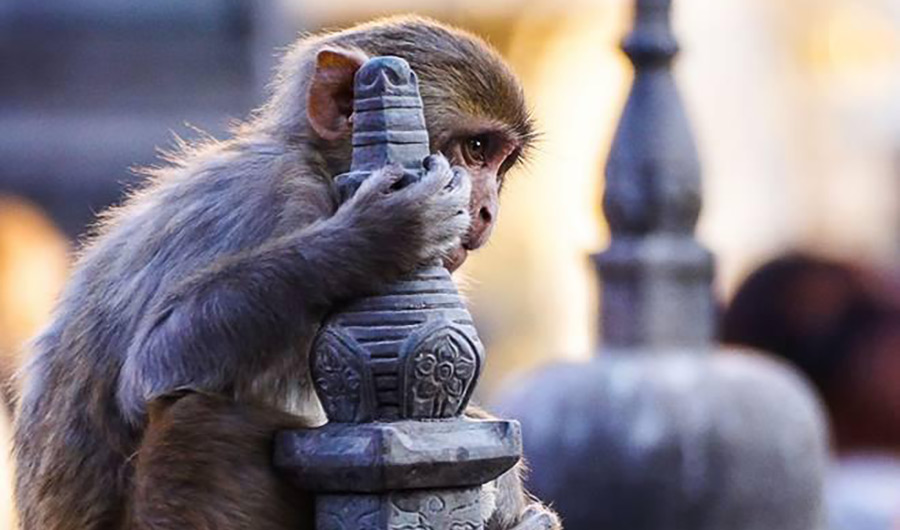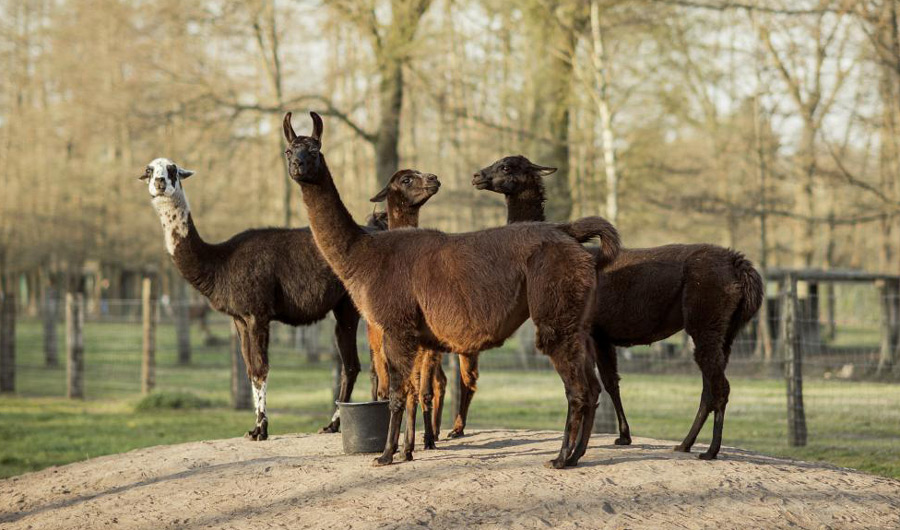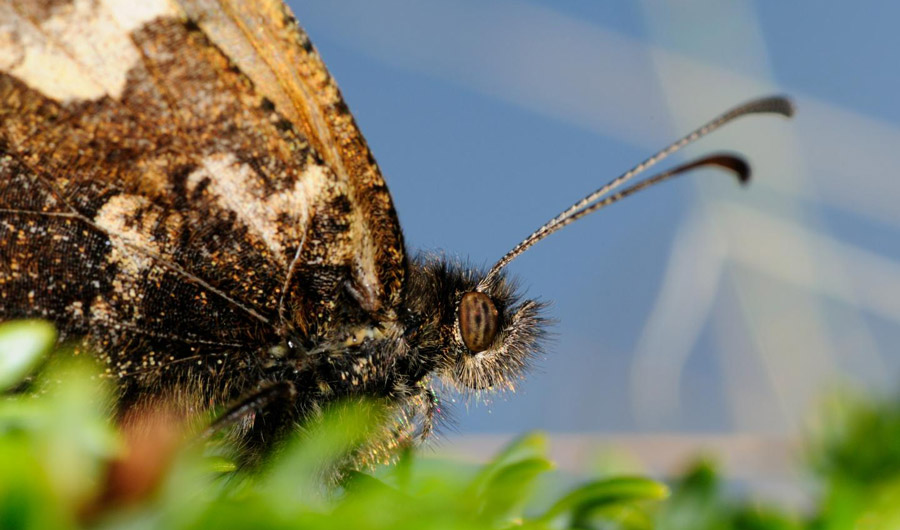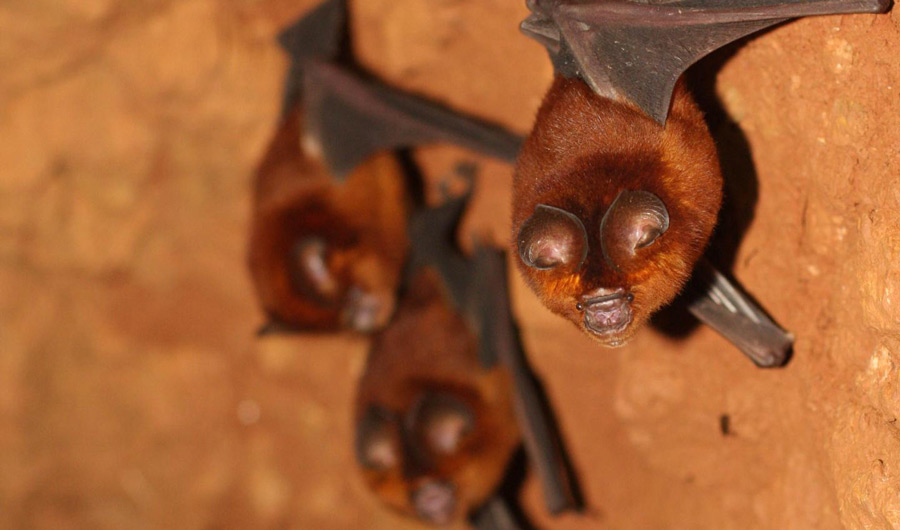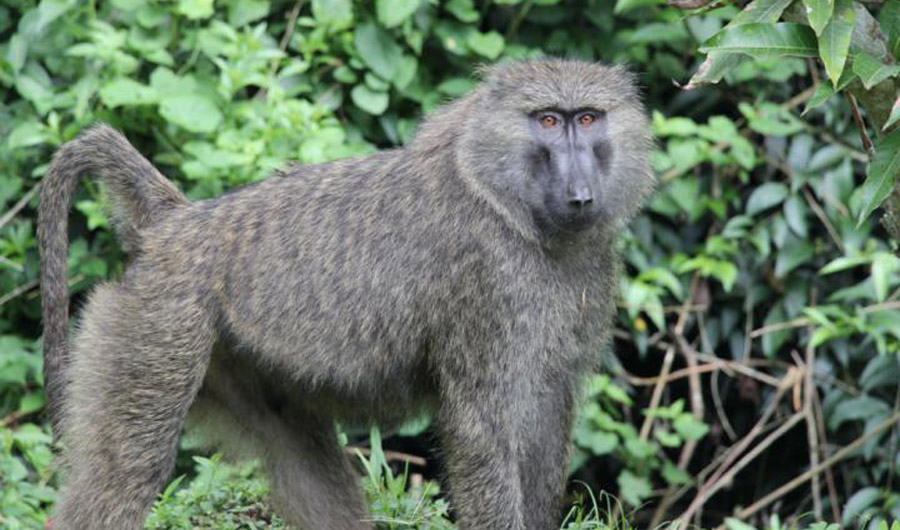In an April of Human Isolation, Photos From the Animal Kingdom
Across the world, humans aren't the only ones affected by global upheavals.
Image
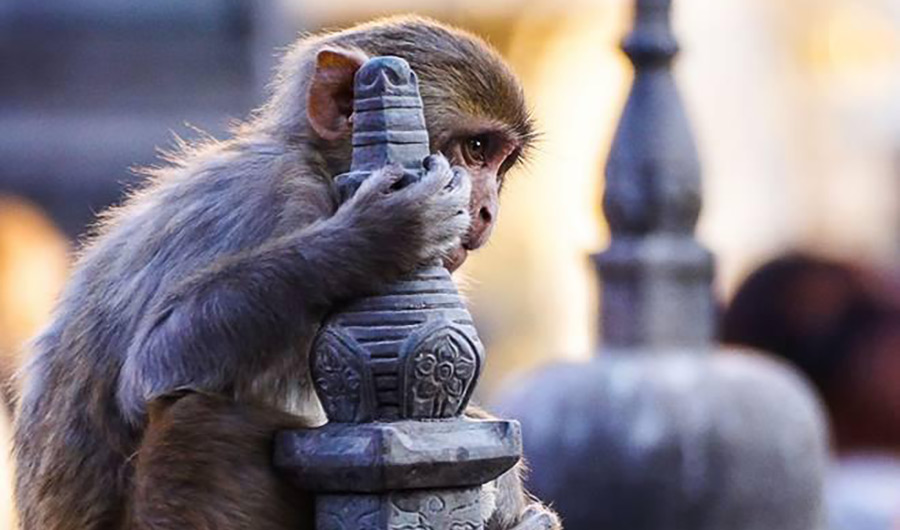
Media credits
(Inside Science) -- Pandemics affect the animal kingdom as well as people. While most of the human world hunkers down for yet more days of isolation, wildlife can inspire us to contemplate how humans are as much a part of the environment as they are. In Belgium, a llama’s antibodies may assist scientists researching ways to fight COVID-19. In western Kenya, a new species of bat helps to launch a collection of research articles for scientific advancement. Finally, monkeys in Nepal and Uganda show just how closely humans and animals interact. This month, we take a look at the state of global animal affairs.
Filed under

